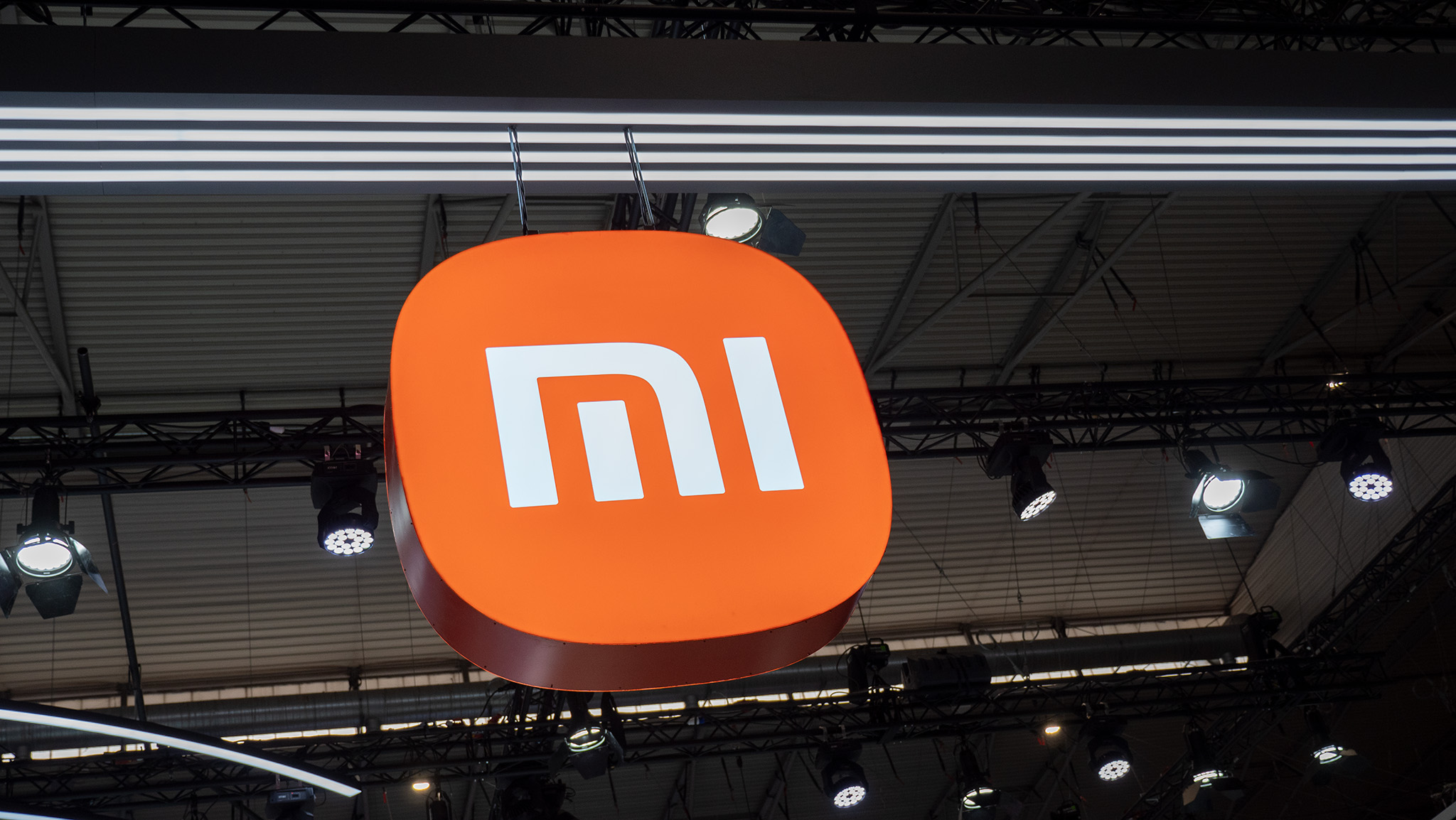Galaxy S23 cameras explained: 200MP and why the other sensors are unchanged
The Galaxy S23 Ultra is a cutting-edge camera phone, but the Galaxy S23 and S23+ have improved even with older hardware.
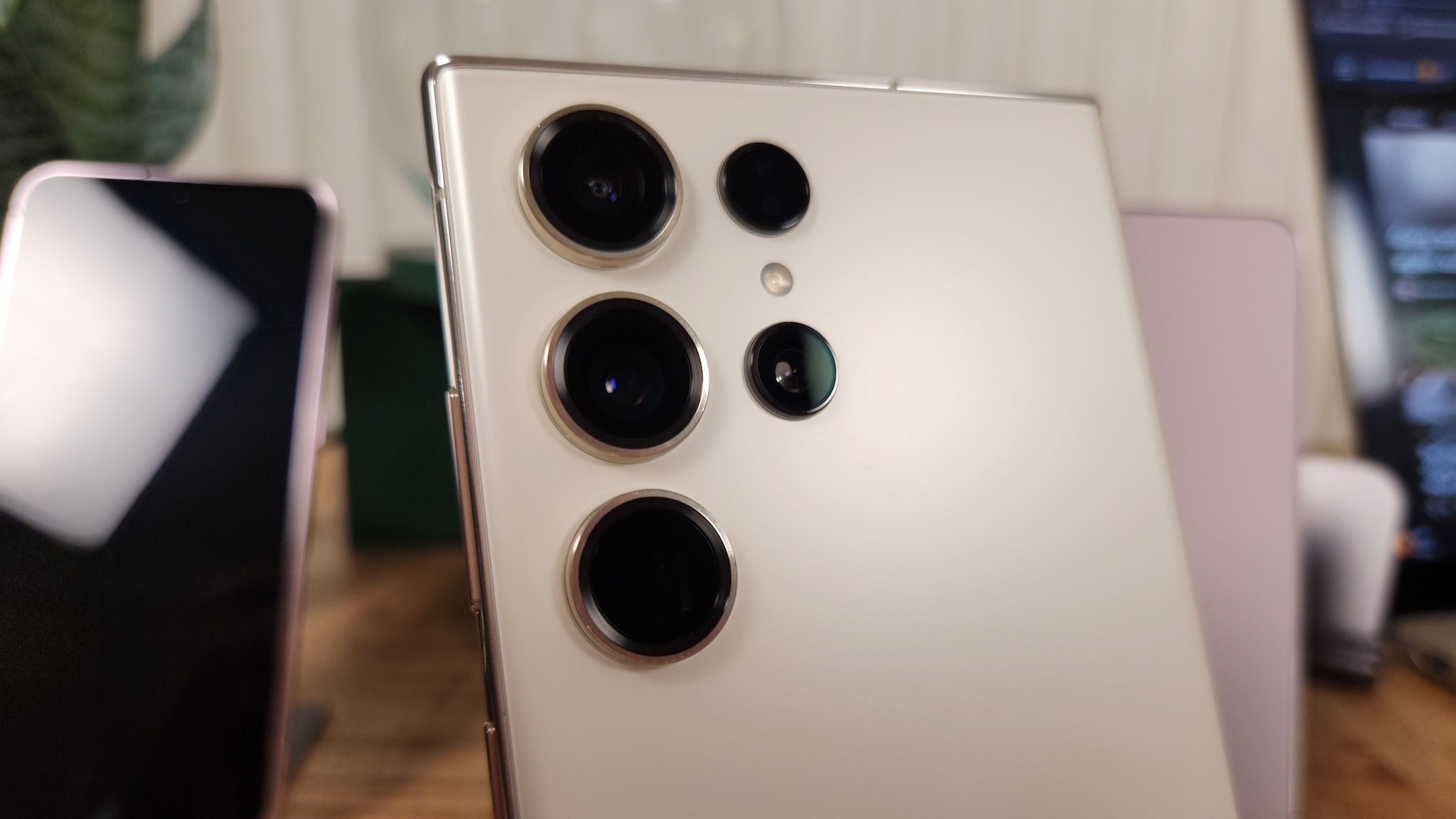
To push you to buy its 2023 phones, Samsung spent a major portion of the Galaxy Unpacked February presentation focused on the Samsung Galaxy S23 cameras, and how they've improved compared to the S22 series.
The biggest wow factor comes from the Galaxy S23 Ultra and its 200MP camera sensor, a huge jump over the 108MP of last year and the 50MP sensors used by the cheaper S23s and many rival flagship phones. The higher resolution enables a ton of new features that photo and video buffs will appreciate.
So focused on talking up the S23 Ultra, Samsung barely mentioned the Galaxy S23 and S23+ cameras, which (aside from the new selfie camera) use the same hardware as the S22 series. Does this mean only the Galaxy S23 Ultra is worth buying for photography, or did the cheaper S23s improve on the power of software alone?
I spoke with Samsung's EVP and Head of Visual Software R&D for Camera, Joshua Cho, at Galaxy Unpacked to find out more details behind the scenes about how these cameras have improved. Before you pre-order your Galaxy S23, here's everything you need to know about the Galaxy S23 cameras.
What does 200MP mean and why does it matter?
The Galaxy S23 Ultra uses a 200MP, 1/1.3-inch Isocell HP2 camera sensor as its primary camera. While this sensor is technically capable of capturing 200 million pixels, in most cases this adaptive sensor will use pixel binning to combine all of that visual information into a smaller 50MP (4 pixels combined into 1) or 12.5MP (16 pixels into 1) image.
Samsung calls its binning process Super Quad Pixel, and it makes the 200MP sensor remarkably good at capturing images in low-light situations compared to the Galaxy S22 Ultra. Samsung also claims that the 200MP sensor is far better at auto-focusing, recognizing the subject and bringing it into sharper focus more quickly.
How different is the quality between the Galaxy S23 and S23 Ultra? The former uses a 50MP 1.0μm camera that doubles the pixel size to 2.0μm when binning to 12MP size. With the 200MP sensor, its 12MP shots have a 2.4μm pixel size. You get more visual data in an S23 Ultra photo, but not excessively more; the bigger difference comes from the phone being able to pick and choose the "right" pixels while the Galaxy S23 captures fewer data to choose between.
Get the latest news from Android Central, your trusted companion in the world of Android
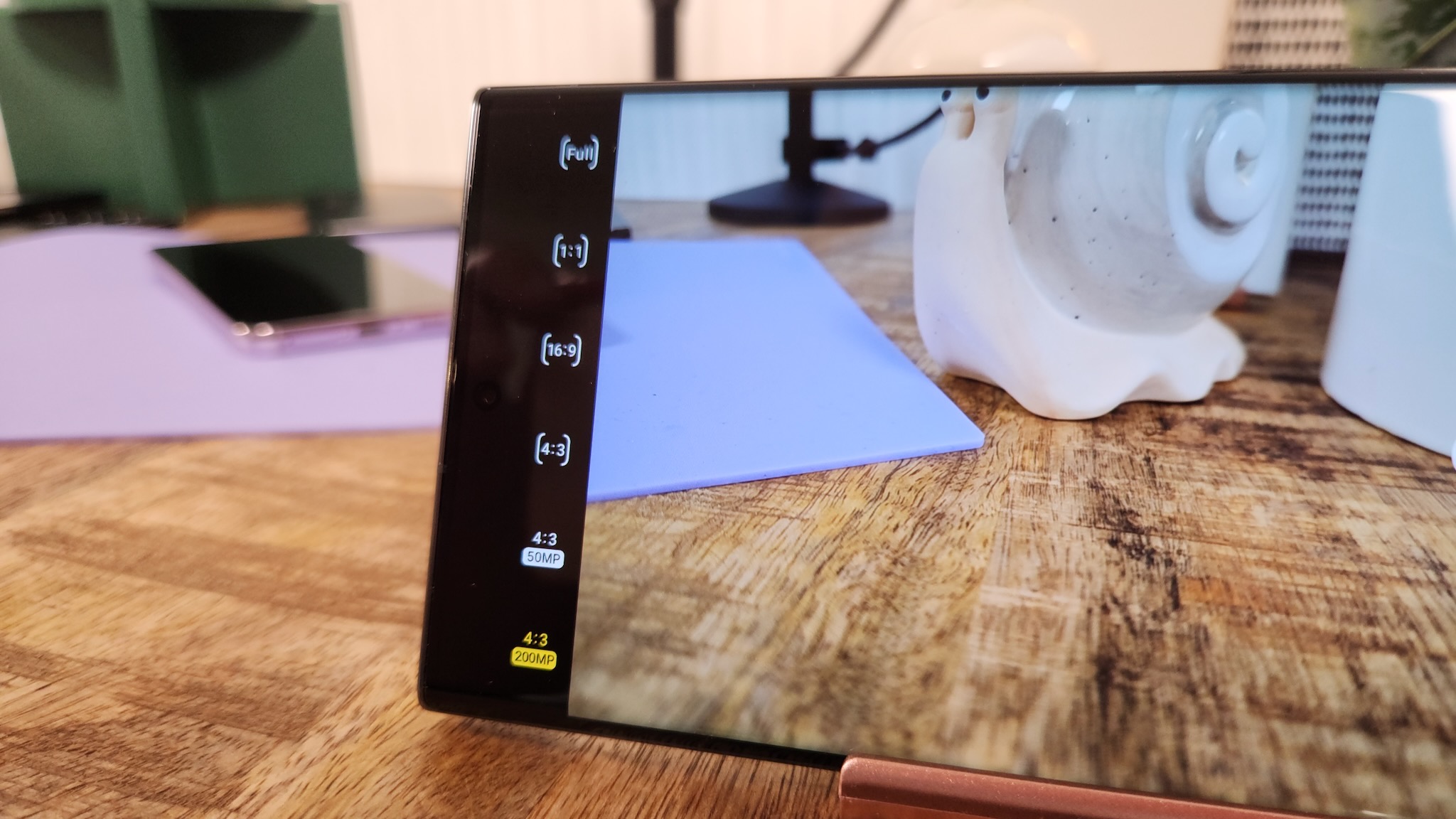
Samsung's camera R&D head, Joshua Cho, told me that Nightography will be easier thanks to the Galaxy S23 Ultra's 200MP sensor because the capture time in low-light environments has dropped from 2 seconds to one second, so you're less likely to get blurry shots from accidental camera movement.
When taking nighttime videos, Cho explained, the new Optical Image Stabilization (OIS) is meant to prevent the shakiness and unstable lighting you typically see with smaller sensors that can't capture enough light. Only the S23 Ultra has 2x range of Samsung's typical OIS, able to counterbalance a greater amount of shaky movement.
Samsung also added Astro Hyperlapse and Star Trail software for astronomy lovers, including a setting in the Expert Raw app that can supposedly auto-compensate for the movement of a planet when taking a time-lapse photo of it.
Armed with this camera sensor, along with its upgraded performance, the Galaxy S23 Ultra will easily be one of the best Android phones of the year. But what does that mean for the S23 and S23+?
Samsung Galaxy S23 cameras: Other new features and differences
| Camera sensor | Samsung Galaxy S23 | Samsung Galaxy S23 Plus | Samsung Galaxy S23 Ultra |
|---|---|---|---|
| Main wide camera | 50MP F1.8 1.0μm FOV 85º | 50MP F1.8 1.0μm FOV 85º | 200MP F1.7 0.6μm FOV 85º |
| Ultra-wide camera | 12MP F2.2 1.4μm FOV 120º | 12MP F2.2 1.4μm FOV 120º | 12MP F2.2 1.4μm FOV 120º |
| 3x Telephoto camera | 10MP F2.4 1.0μm FOV 36º | 10MP F2.4 1.0μm FOV 36º | 10MP F2.4 1.12μm FOV 36º |
| 10x Telephoto camera | N/A | N/A | 10MP F4.9 1.12μm FOV 11º |
| Selfie camera | 12MP F2.2 1.12μm FOV 80º Dual Pixel AF | 12MP F2.2 1.12μm FOV 80º Dual Pixel AF | 12MP F2.2 1.12μm FOV 80º Dual Pixel AF |
Samsung made improved video a serious focus with the Galaxy S23 series, adding 4K HDR10+ at 60FPS and 8K at 30FPS for the first time. Only the Ultra will have the special stabilization tool, but all three have apparently received Super HDR video with a more dynamic range of colors.
Because all three phones use the Snapdragon 8 Gen 2, they benefit from the improved NPU for a major AI boost. With this generation, Samsung brought the same real-time AI object recognition it uses with its television sets to identify objects in a photo and auto-fill any missing details caused by noise.
In theory, the AI will improve photos' depth by recognizing and separating different objects in a shot, or even sharpening details around recognizable "objects" like our facial features in selfies, Cho explained. And for videos, Samsung uses "multi-frame processing" to replace noise with relevant pixels pulled from previous frames.
Plus, outside of software optimization, the new 12MP selfie camera on all three phones uses "dual pixel autofocus" to capture information from two photodiodes simultaneously, helping it quickly focus on the subject and create the "best bokeh effect," Cho claims.
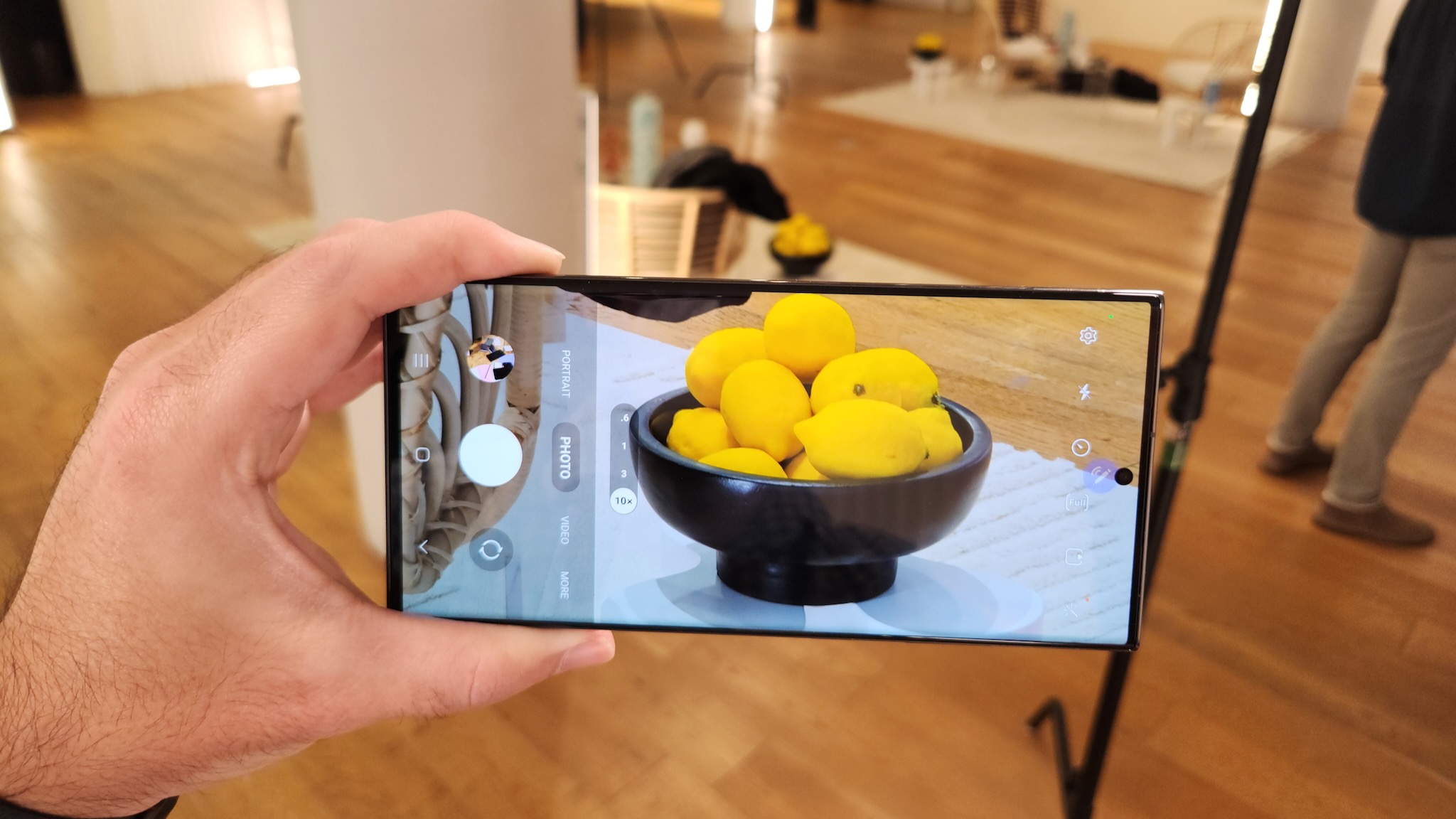
Like the S22 Ultra, the Galaxy S23 Ultra has its impressive 100X Space Zoom capability (based on 10X optical zoom) to capture an accurate picture of far-off subjects — though this doesn't use the 200MP lens at all. With the Galaxy S23 and S23+, you're still stuck with 3X optical, which makes them less reliable for both far-away and macro shots.
One area where all three Galaxy S22 phones struggled was in capturing moving objects. We tested this on the S23 Ultra, and found this is one area where Samsung still falls short compared to the Pixel 7 Pro. Cho claimed in our discussion that the Galaxy S23 series has "zero shutter lag," but in real-life use, the phones just don't take shots quickly enough,
One possible solution is the new "Camera Assistant" app, which adds a few customizations directly into the Camera app if you're somewhat confident in your photography skills. These include turning off auto-lens switching, adjusting picture softening and HDR, and enabling "Quick tap shutter" so photos are taken as soon as you press the Shutter button instead of when you release it.
The latter could help with action photography, but Cho said that the 50ms margin comes with the trade-off of losing post-processing quality.
These are all the main Galaxy S23 camera highlights you need to know about. Below, we'll explain why the Galaxy S23 is an upgrade over the S22 despite using the same hardware.
Why we don't need better sensors for the Galaxy S23 series
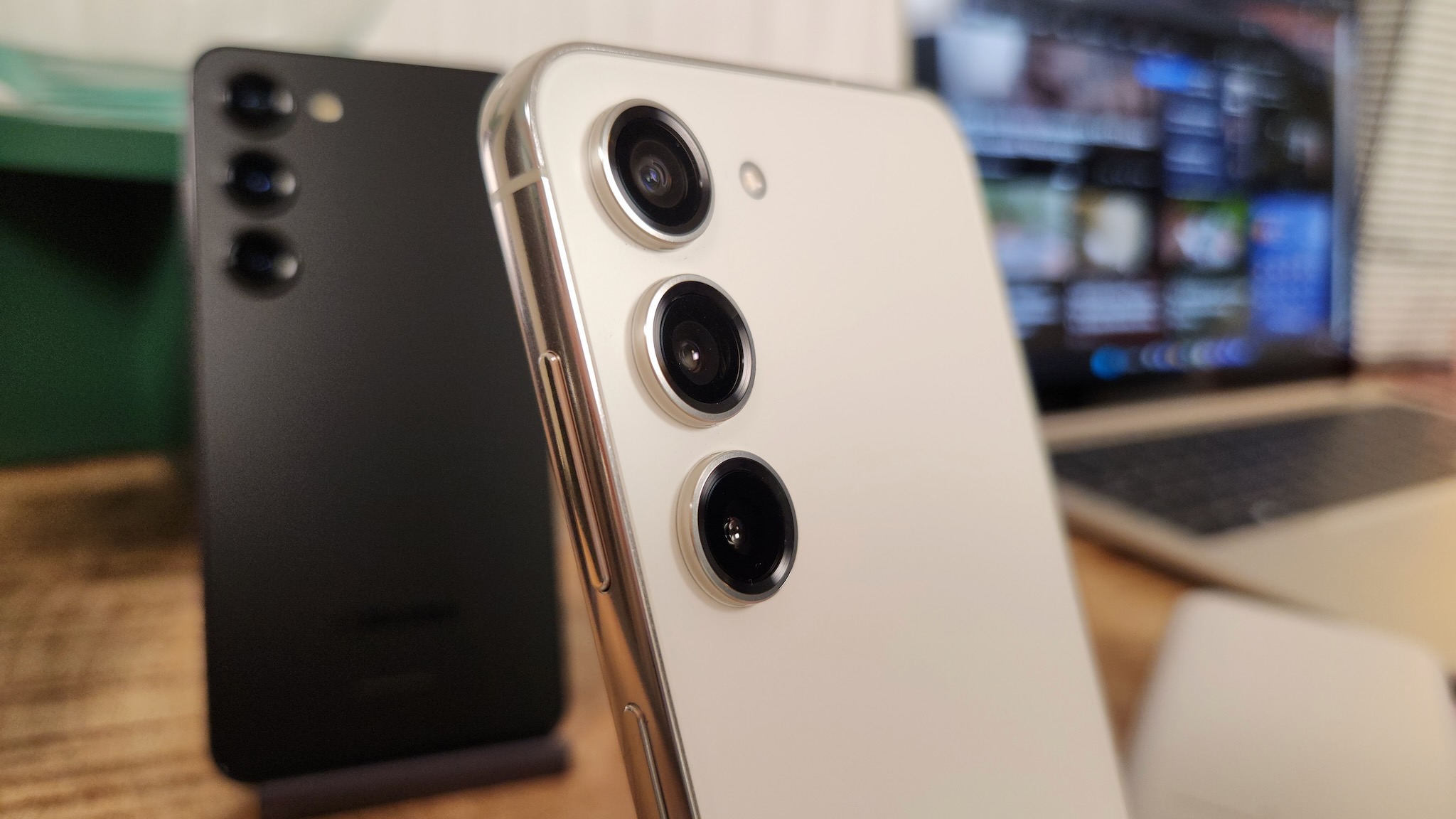
Better is always, well, better — except when it isn't. Smartphone camera sensors are often an area where specific parts are used over several generations and the Galaxy S23 is one example. For the most part, the main sensors are the same as the ones used in the Galaxy S22. In this case, that's a good thing.
This is because of the way the camera actually works. Smartphone cameras all lean on AI to produce great photos. Sure, we all like to hear about plenty of megapixels or all-new hardware but that can actually make things worse.
The software that powers the camera is written for very specific hardware. If you change that hardware you have to re-write some very complicated parts of the software. These algorithms often take a bit of time and a lot of user feedback to optimize and companies aren't quick to start all over.
We've seen what can be done with an "old" sensor in Google's Pixel phones. Versions one through five all used the same sensor(s) and still produced photos that were as good or better than any other phone.
Samsung did add a 200MP sensor on the Ultra model and our early impressions are good. Sometimes you can get the best photo from something with a few more pixels. But the "regular" 50MP sensor that has most of the kinks worked out of its image processing chain is what we can depend on, and using the same sensor as last year is a big part of why.
Samsung took the time to modernize the camera software you can see and use with additions like a "pro" RAW image mode. Not updating the sensors and the software that has to turn what they see into a photo was the right call this year.
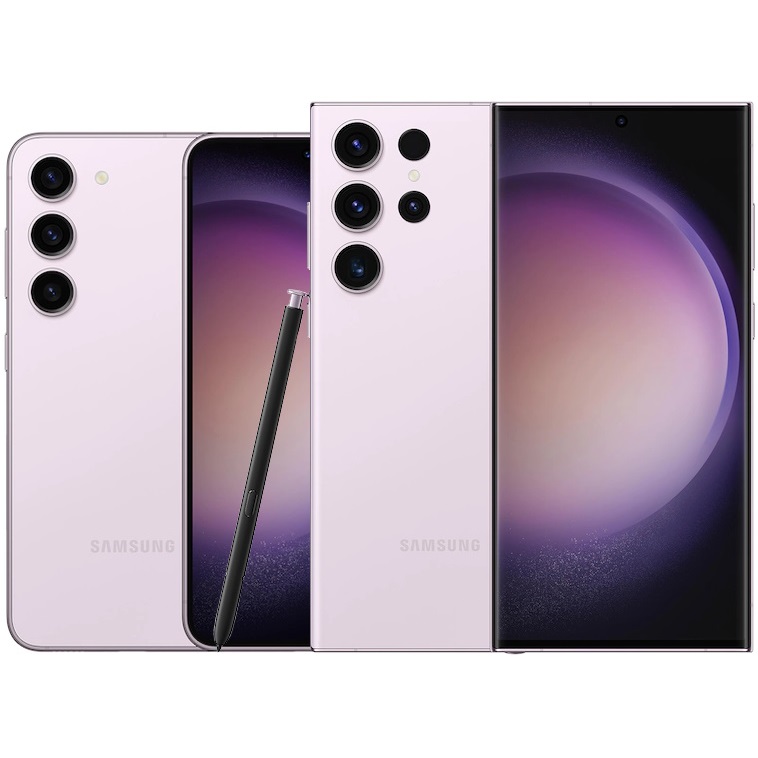
Whether you're willing to rely upon Samsung's new AI prowess to upgrade the Galaxy S23's standard 50MP sensor or want to pay extra for the Galaxy S23 Ultra and its cutting-edge 200MP sensor with its exclusive features, we think you'll be happy with the results regardless of your choice.

Michael is Android Central's resident expert on wearables and fitness. Before joining Android Central, he freelanced for years at Techradar, Wareable, Windows Central, and Digital Trends. Channeling his love of running, he established himself as an expert on fitness watches, testing and reviewing models from Garmin, Fitbit, Samsung, Apple, COROS, Polar, Amazfit, Suunto, and more.
